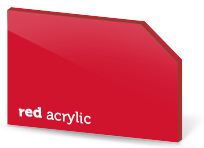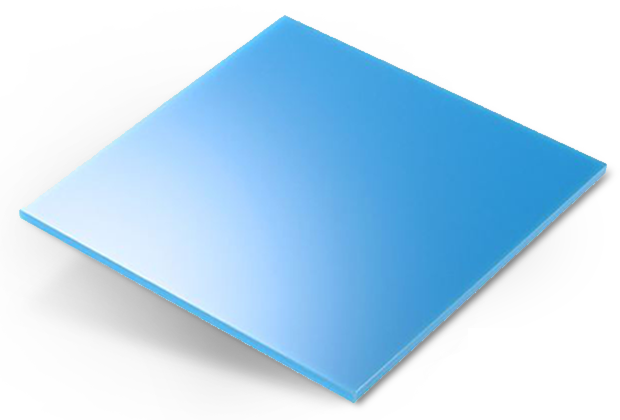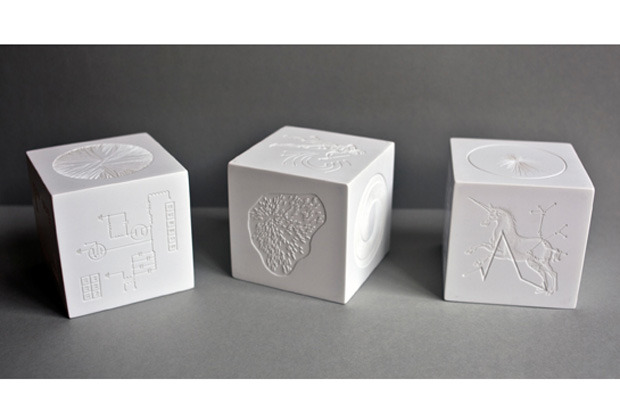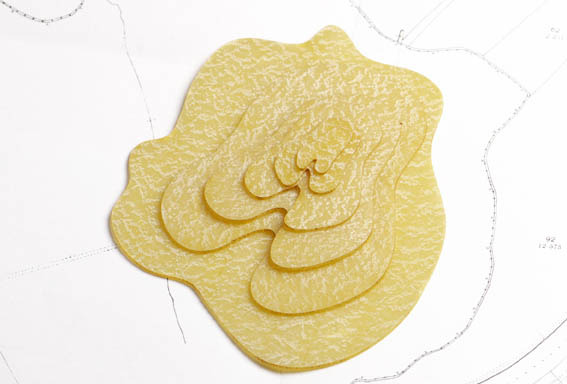- en
- sk
Číre liate plexisklo
Skladom
Pokiaľ máte záujem, môžete použiť vlastné plexisklo akejkoľvek hrúbky do 25mm a akejkoľvek veľkosti do 430 - 725 mm.
Material Properties
Cast Acrylic is a thermosetting plastic with a superior surface finish, flatness and optical properties. It is also a hard and brittle material which is sensitive to stress concentrations. This is most evident if parts are small or thin.
Typical Applications
Model making, Point of purchase, signage & display, furniture, models and display cases, glazing, forming and fabrication.
Laser cutting
Acrylic sheet is supplied to us with a protective plastic film on both sides. When only laser cutting is required, we leave the plastic film on. This helps to reduce heat marks and protects the surface from scratches.
Cut widths & Kerf
As a benchmark, we recommend that minimum cut widths be no smaller than the corresponding thickness of the material. For example, if cutting from 1.5mm acrylic, its best not to allow anything less than 1.5mm in width. We can go smaller (see cut width image above) but this can make your components quite fragile which might not be suitable for the application.
Cut edge
Acrylic laser cuts with a highly polished edge. We achieve this using a high laser frequency (ppi. pulses per inch ) that melts the edges as it cuts. If you look closely at the edge it is not entirely smooth and is made up of lots of tiny vertical lines. This is caused by the pulses of the laser which is more evident on thicker acrylic.
Laser engraving
We have established optimised engraving settings for all our supply materials. For acrylic the marking is a shallow cosmetic light surface scratching. All cast acrylic engraves with a milky white finish.
Vector engraving
If you just require vector engraving / scoring and cutting, we leave the protective film on both sides and engrave though the top layer of film into the acrylic surface. This helps to protect the top and bottom surface from heat marks from cutting.
Raster engraving
As a standard we remove the top layer of protective backing when any raster engraving is required. We always leave the reverse side of the plastic film on to prevent any reverse markings when cutting is also required.
Deep engraving
Since our standard engraving settings for acrylic are very shallow, no heat marks occur around the surrounding engraved areas. We can engrave deeper but bare in mind that due to the slower speeds and higher power required, there is a higher risk of heat marks. Residues also tend to build up on the surface.
Engraving at slower speeds is also a more time consuming and therefore more expensive to process. Up to 2mm is considered deep for acrylic. Bare in mind that raster engraving is not an absolute science in terms of depth specification. It is therefore not suitable for making mechanical grooves or any features requiring precise depths. A depth of engraving will always be within a tolerance of +/-0.2mm.
Engraving thinner acrylic
Large artwork that covers most of a sheets surface area can be problematic to engrave on 1mm and 1.5mm acrylic. Heat from the laser can cause the sheet to warp during the engraving process causing the laser loose focus resulting in variation in the engraving. We will always advise to use a thicker acrylic where possible if your artwork is expansive.
Manufacturing tolerance
Cast PERSPEX is manufactured in accordance with ISO7823-1, which means for the thickness range of 2 to 25mm, a manufacturing tolerance of + / -10% plus 0.4mm (e.g. 8mm cast sheet could vary from 6.8mm to 9.2mm).
